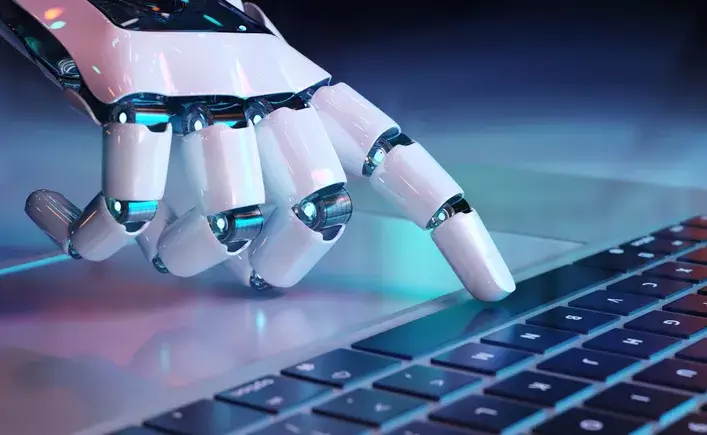As artificial intelligence continues to revolutionize the creative landscape, the question of copyright ownership becomes more pressing than ever. A recent ruling in the case involving AI-generated poetry underscores the complexities and limitations that come with using AI in the artistic domain. In this case, Stephen Thaler—a pioneer in AI creativity—sought to claim damages for the reuse of his AI-generated poetic works, only to be faced with an overwhelming judicial rebuff. This ruling, which highlights that non-human entities cannot possess copyrights under existing laws, raises critical issues about intellectual property rights in the digital era.
Thaler challenged conventional copyright laws, arguing that they fail to address the rapid advancements in AI technologies. However, the Court of Appeals for the District of Columbia Circuit unanimously upheld the Copyright Office’s decision, emphasizing that the law mandates a human author for registration. Judge Patricia Millett elucidated that many provisions in the Copyright Act inherently assume a human author, suggesting that the Act is out of touch in an age where machines can create independently. This raises an important question about the compatibility of existing legislation with the capabilities of modern technology.
The Human Element: Why It Matters
One of the fundamental reasons that machines are denied copyright status stems from the notion of life and agency. Judges stated that AI systems do not possess lives, making their creative output ineligible for copyright protections—essentially acknowledging that art, by its very nature, is a reflection of human experience and emotion. The judges also pointed out that titles like “creator” imply a degree of agency that machine-generated outputs simply cannot exercise.
This ruling does more than just dismiss Thaler’s case; it solidifies a challenging landscape for artists who utilize AI tools. The Copyright Office has maintained that while the use of AI can yield copyrightable outcomes, it hinges on the involvement of human creativity. A machine doesn’t imbue essence or intention into a piece of art—it follows algorithms and pre-existing data, producing outputs devoid of true personal expression.
Implications for Artists and Creators
For contemporary artists leveraging AI technologies in their creative processes, this ruling can significantly alter how they approach their work. The stark reality is that merely generating artworks using AI platforms does not grant ownership rights, leaving many creators in a precarious position. They may invest time and resources into cultivating unique art using AI, only to realize that they have no legal claim to what the algorithms produce.
This predicament raises ethical questions around the value of human creativity versus machine efficiency. While AI can generate compelling visuals and poetry at unprecedented speeds, does it represent true artistry? The essence of art lies within the human perspective, emotion, and experience, elements that AI cannot replicate. As artists continue to explore new technologies, they must grapple with these considerations while navigating the murky waters of copyright law.
The Future of Copyright Law: A Necessary Evolution?
Will the current copyright frameworks evolve to adapt to the technological advancements that AI presents, especially in a future where AI-generated content becomes the norm? There are compelling arguments for reform, particularly as industries like entertainment increasingly integrate AI tools into their workflows. Although it may seem impractical to revise copyright laws instantaneously, the pressure from mega-corporations utilizing AI for game design, film production, and more could trigger a vital reassessment of intellectual property standards.
However, the road to reform is fraught with challenges. Legal systems move slowly, often lagging behind technological advancements. Entities with vested interests may resist change, leading to a prolonged period of ambiguity for artists using AI. Until such reforms take shape, creators must remain wary of their rights and the implications of their tools, understanding that even the most innovative contributions may lack legal protections.
Final Thoughts on the Artistic Ecosystem
Navigating the intersection of art and technology requires a fundamental understanding of both creative instincts and legal frameworks. As creators dive into AI tools, it’s essential to consider the weight of authorship, ownership, and implications of their artistic endeavors. As we witness a transitional phase in the artistic ecosystem, it’s crucial to advocate for laws that embrace innovation while still valuing human creativity at its core. Only then can we ensure that the future of art remains vibrant, rich, and truly representative of the human experience, despite the growing influence of machines.

